A lot of the places we visited during our port stop at Russell were important historical sites from New Zealand history, and I particularly enjoyed visiting the places we read about in our Maritime History and Culture class.
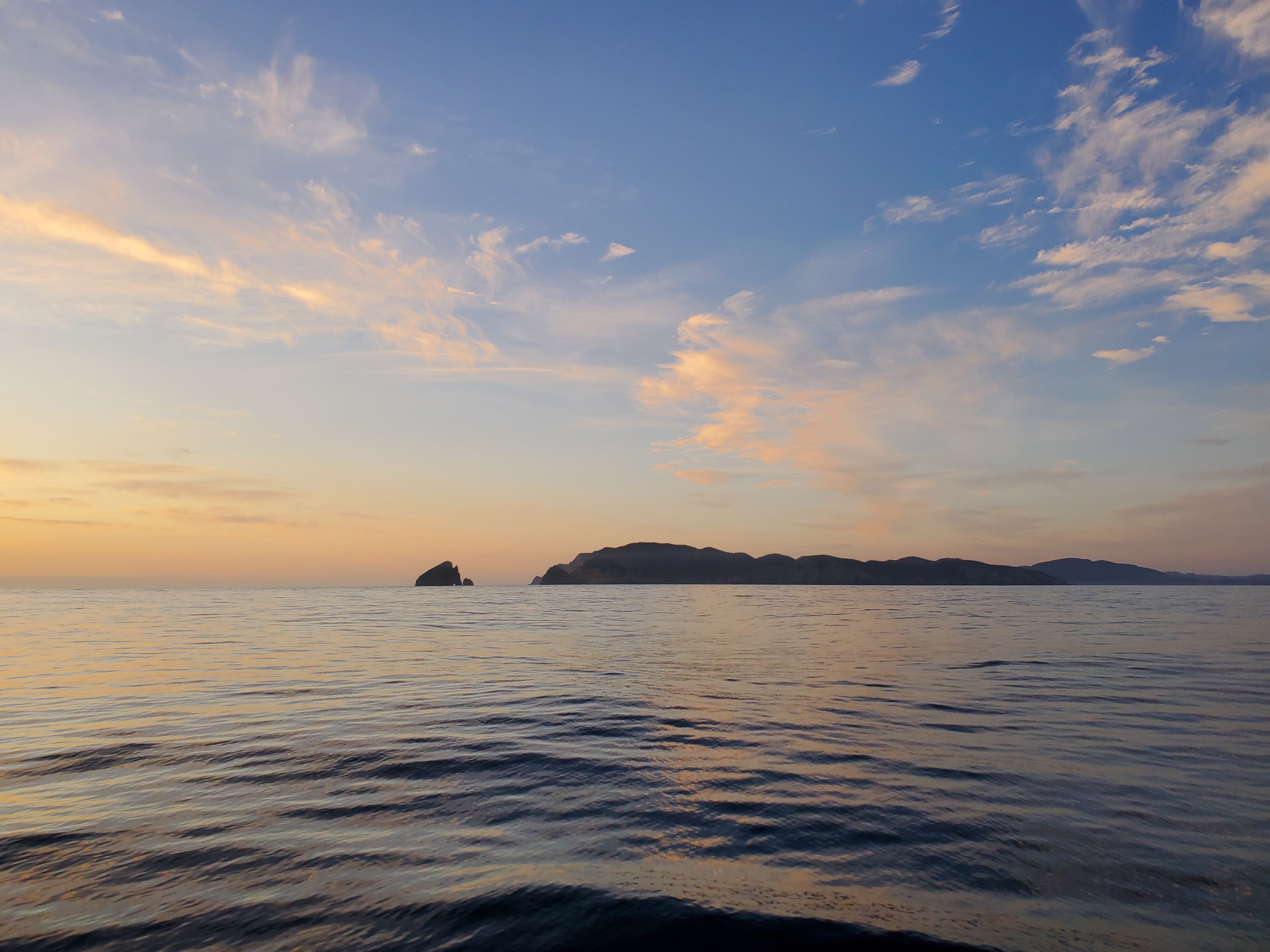
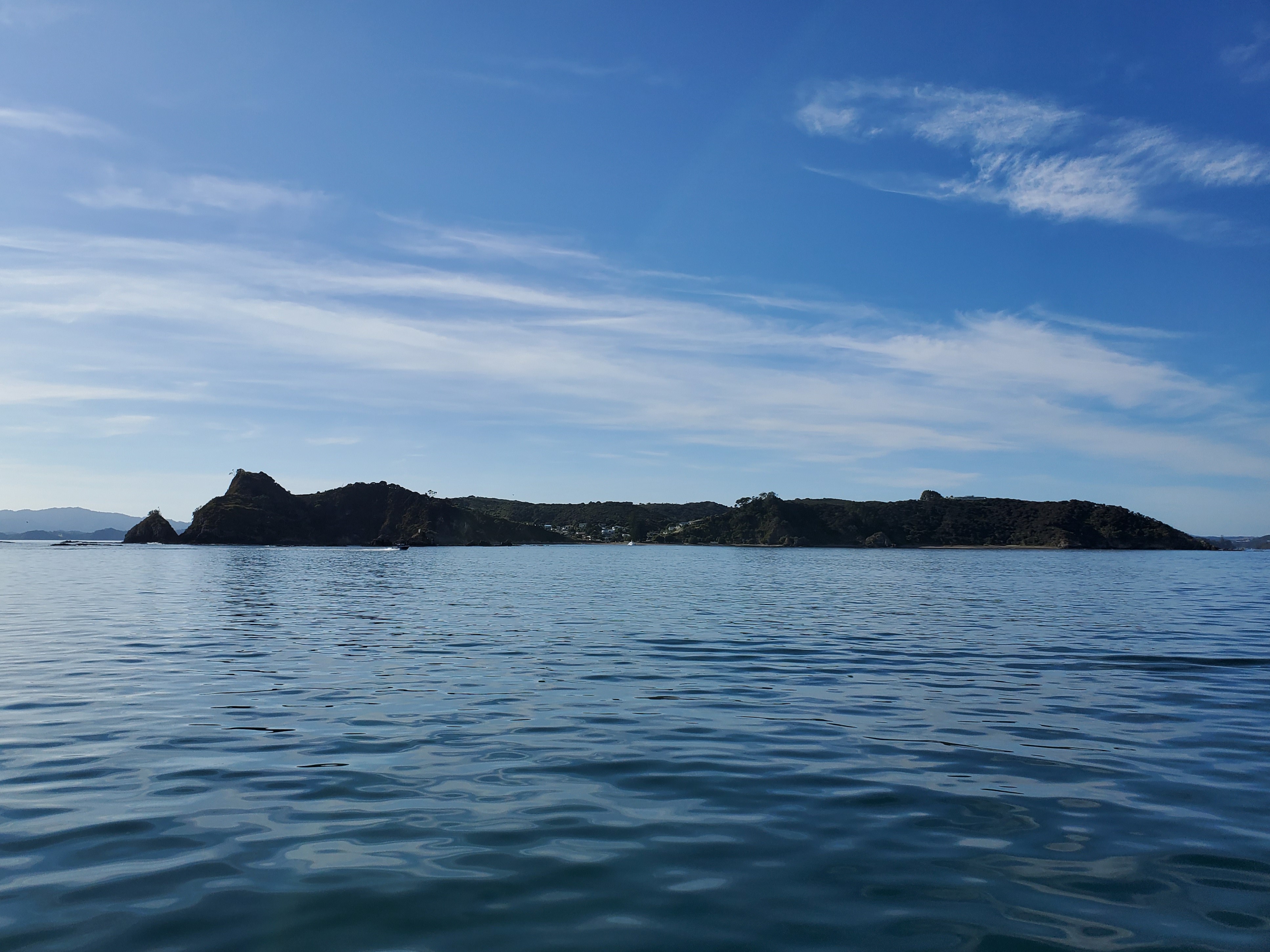

Since Russell is a small city, we didn’t have a place to dock, so we anchored a bit off the coast. To get on land, we used a small boat that could approach the shallower waters

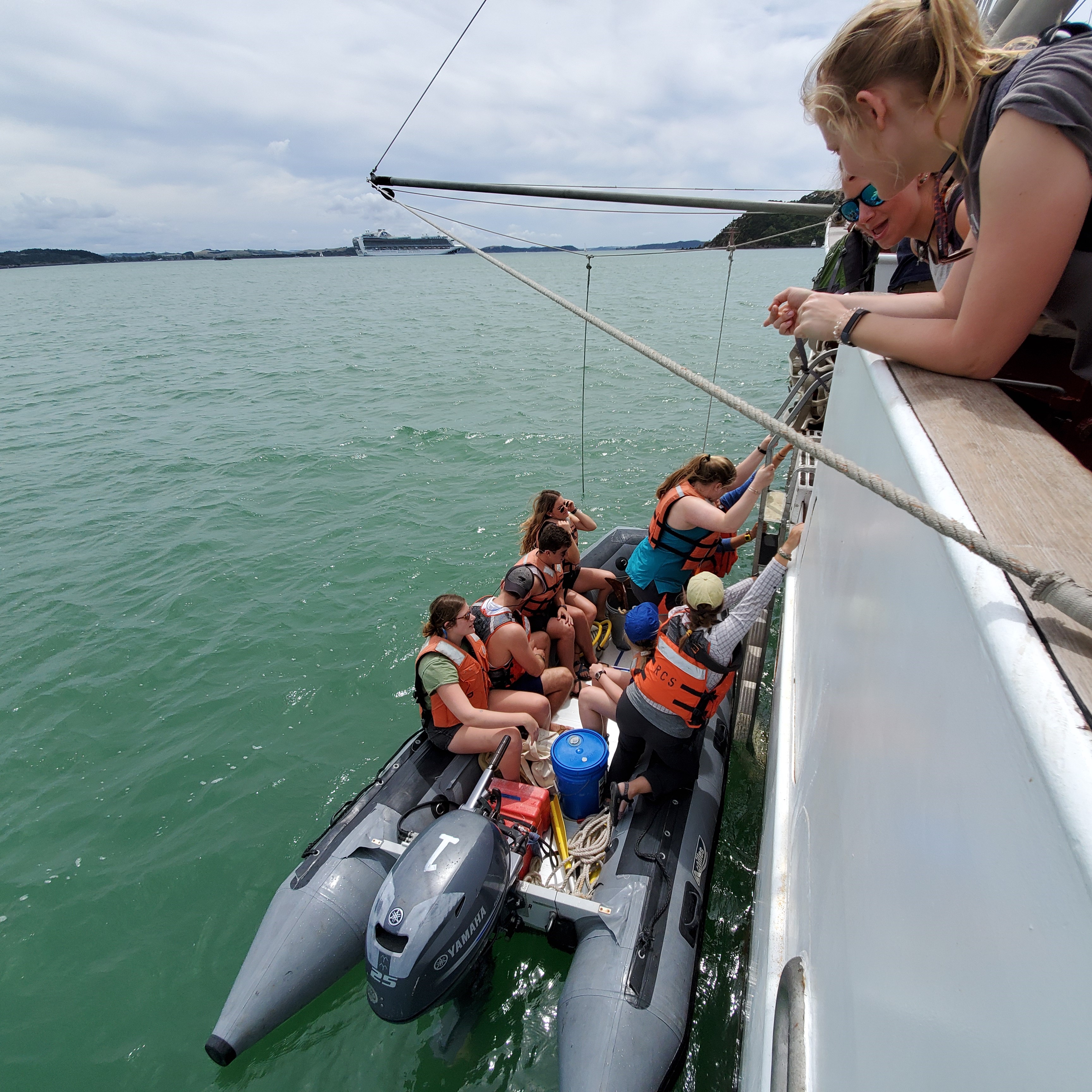
The first day we were at Russell was an open and unstructured day. Russell is a really small town and accommodated tourists off of cruise ships (we saw a cruise ship also anchored nearby). I spent most of the day walking around Russell and visiting the flagstaff which we learned about in class.
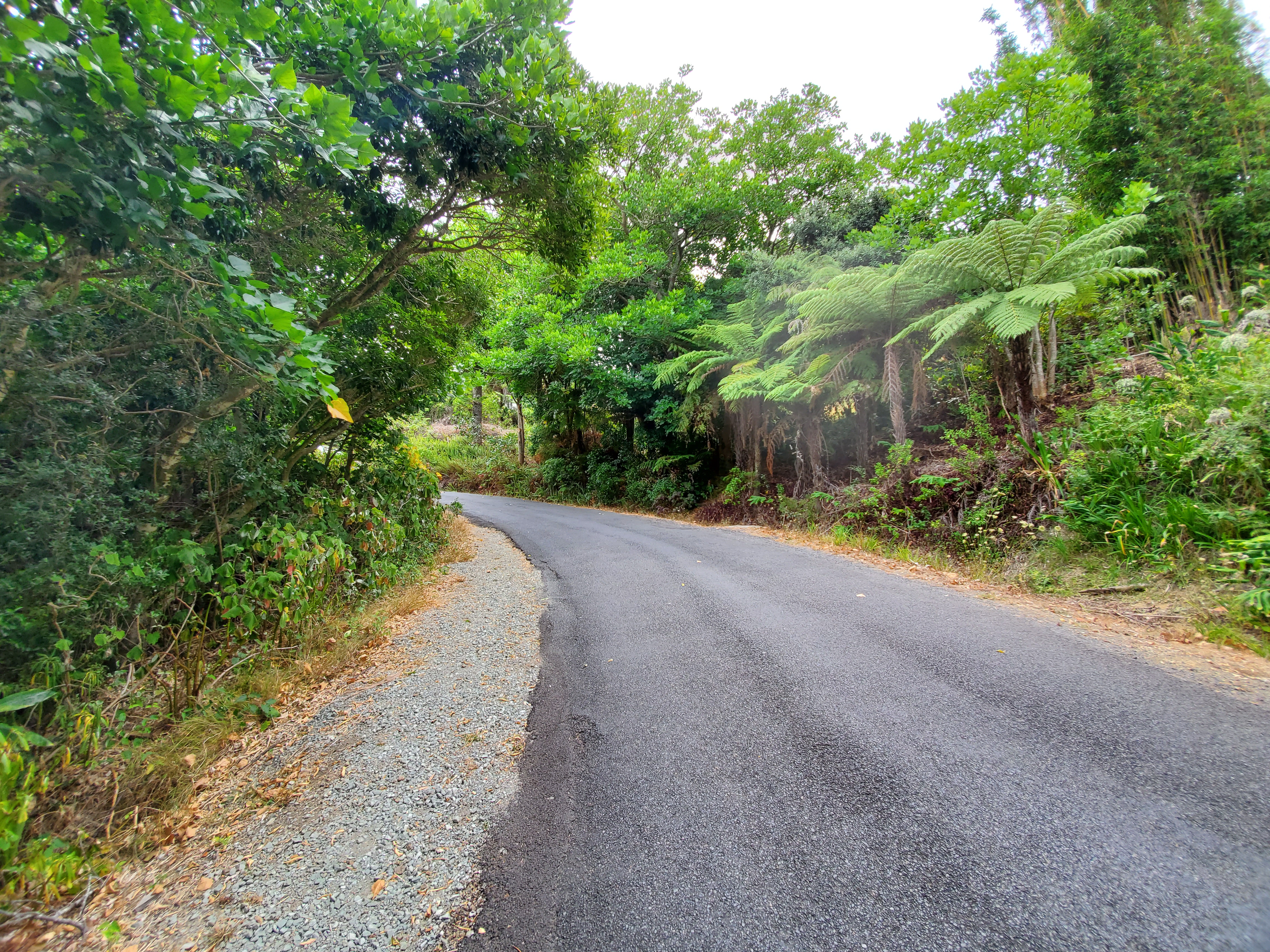

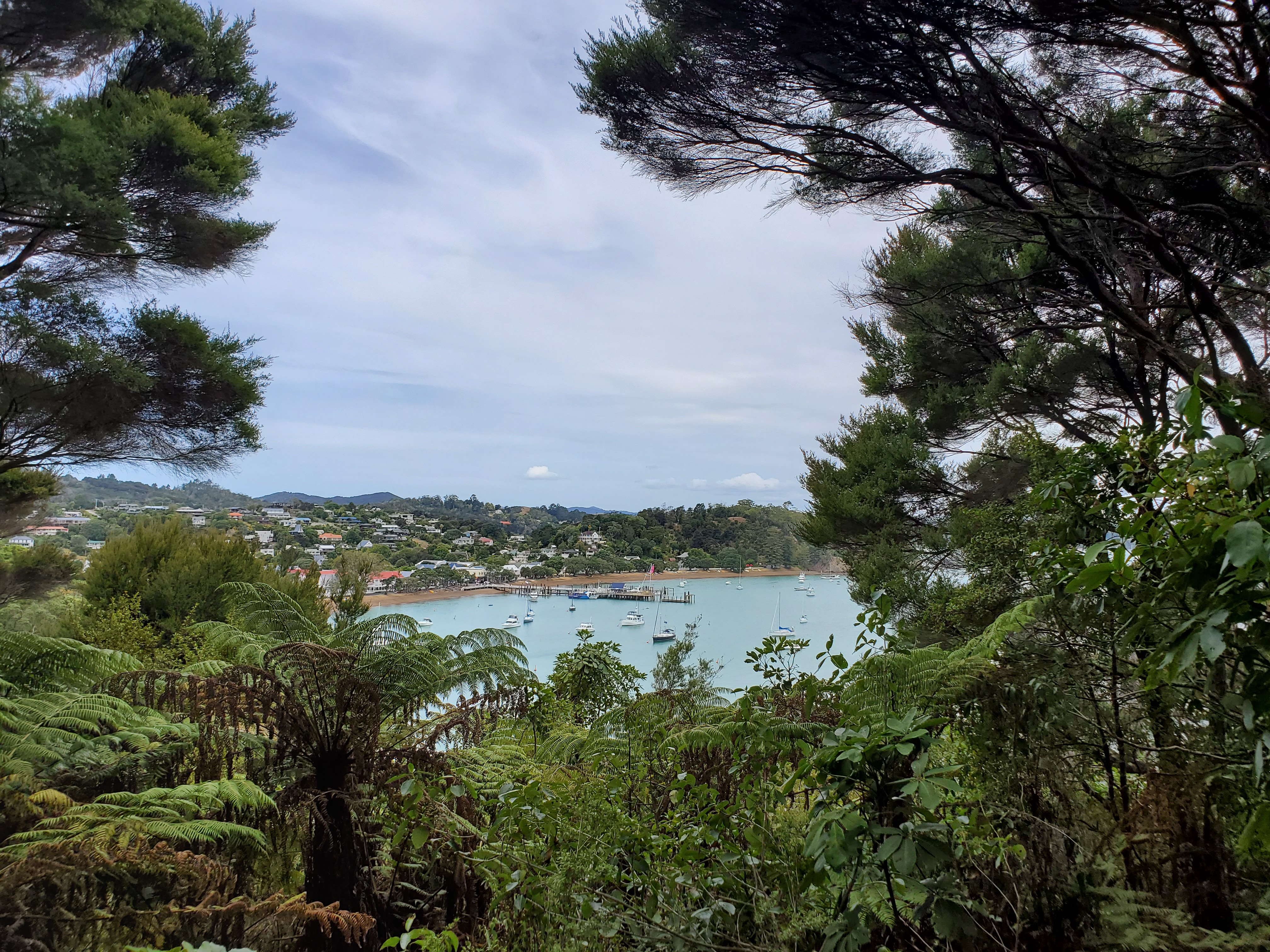
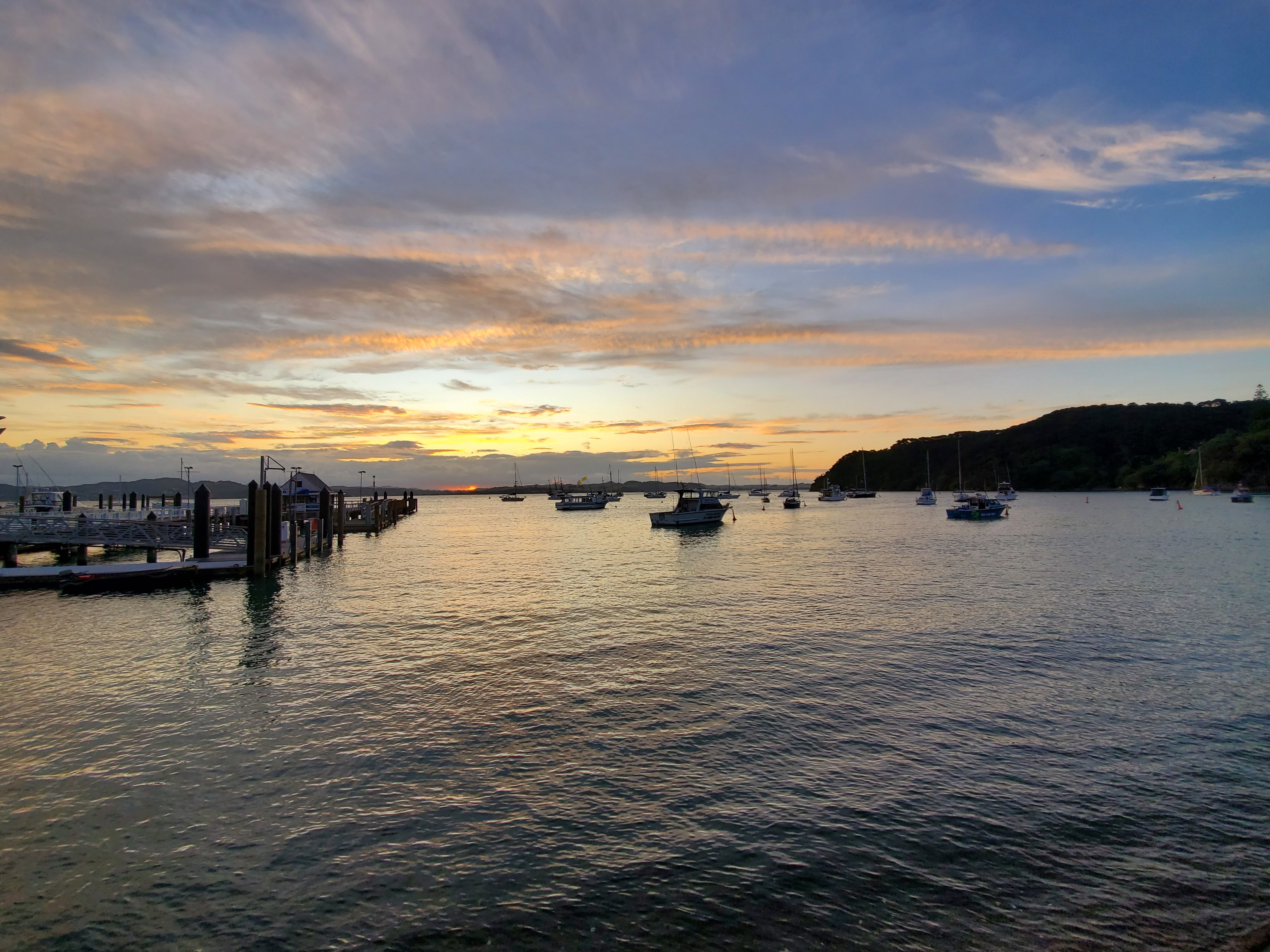
During the second day, we took a ferry to Paihia, then walked over to the Waitangi treaty grounds from there. To put things into more context, I’ll share a bit of background as I go through the photos
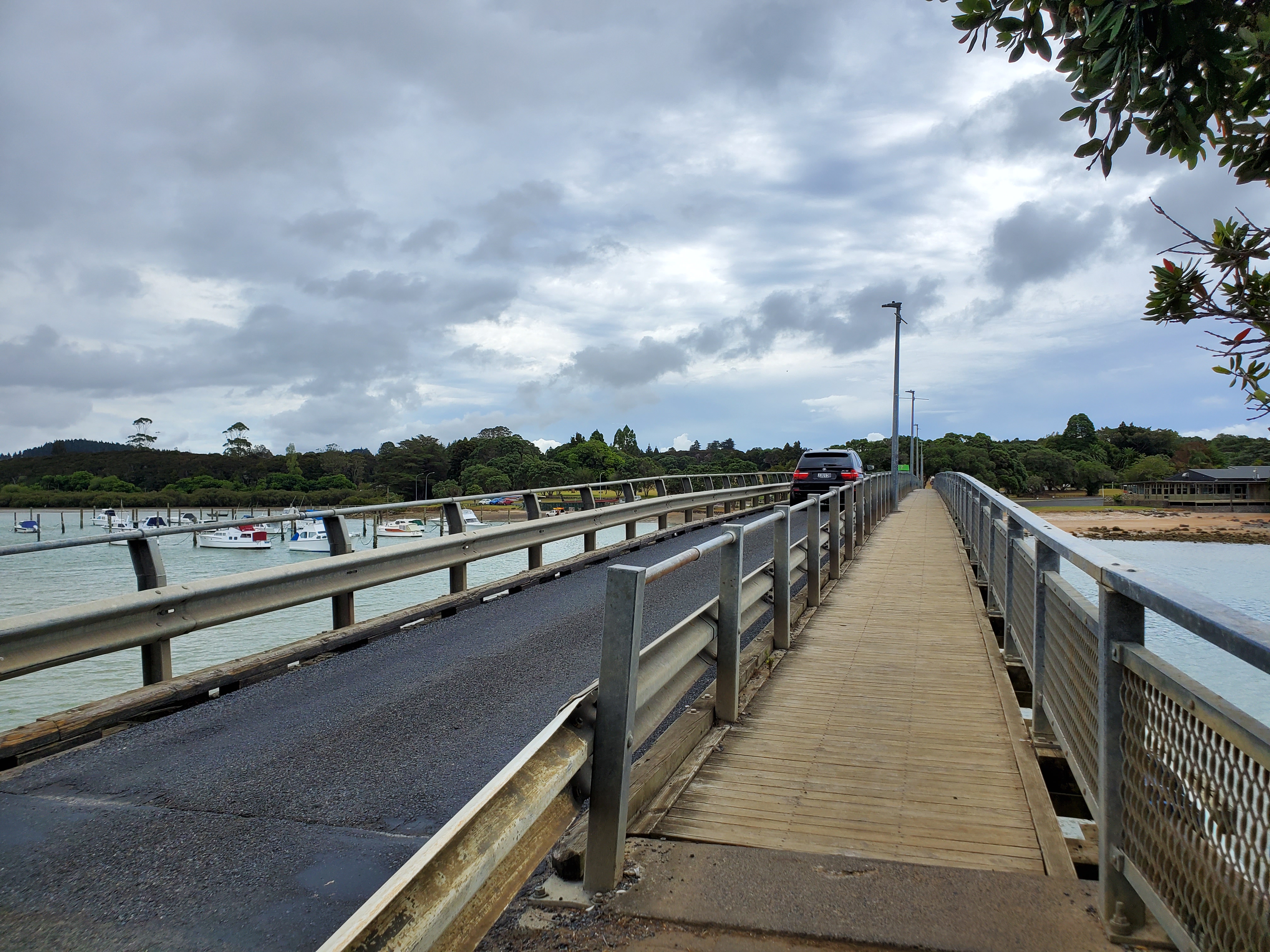
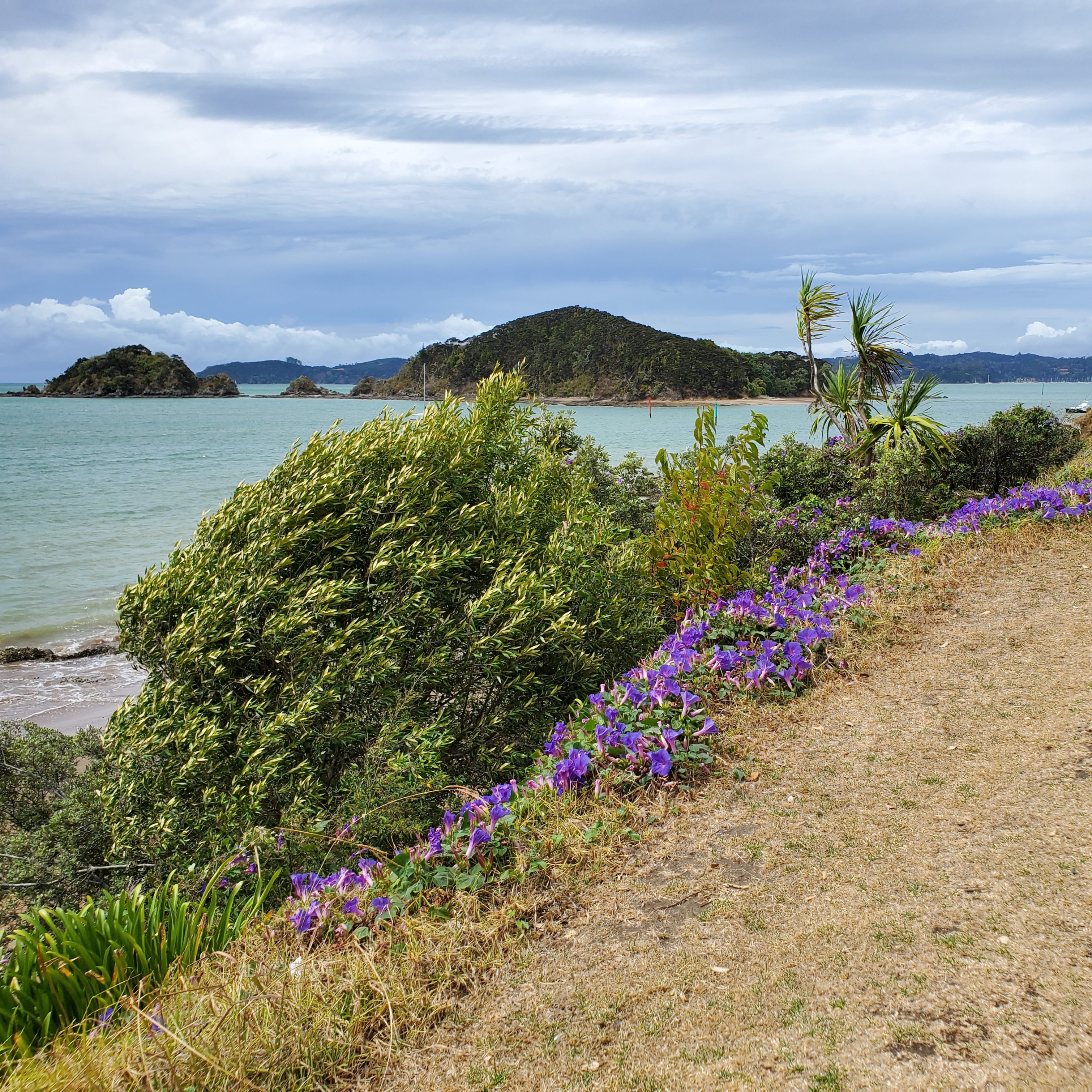
Much of Maori history is based in stories being passed down generation to generation, which caused problems when modern-day historians documented much of New Zealand’s history - in today’s heavily text and document-based society, people had a hard time accepting oral histories as an equally valid source of truth when compared to history that had old written documents to validate events. As a result, New Zealand’s history has been written from a very colonial point of view, and only recently have there been efforts to try to incorporate the Maori perspective. Part of our goal when studying New Zealand’s history and visiting historic sites was to try to learn as much as we could about both perspectives.
As I mentioned in my post about Auckland, the first people to New Zealand were the Maori people, who are believed to have arrived to New Zealand sometime around 1200. New Zealand was one of the last places to be inhabited by humans, in part because the prevailing trade winds made it difficult to end up in New Zealand by accident. The Maori were expert navigators, and their oral histories tell of navigation by stars, clouds, birds, stick charts and even by taste of the ocean.
It wasn’t until 1642 when Abel Tasman reached New Zealand and became the first European to arrive. However, but his encounter was brief after the sound of his horn was misinterpreted as a war cry by the Maori. Following Tasman’s charts, Cook landed in Paihia Harbour in 1769. His visit was much more successful, and ultimately visited New Zealand on three separate occasions.

At times there was conflict, but the Maori understood how valuable trading was and often traded with the Europeans. As a symbol of peace, Hōne Heke, an influential Maori chief, gifted a flagstaff to James Busby, the first British Resident.
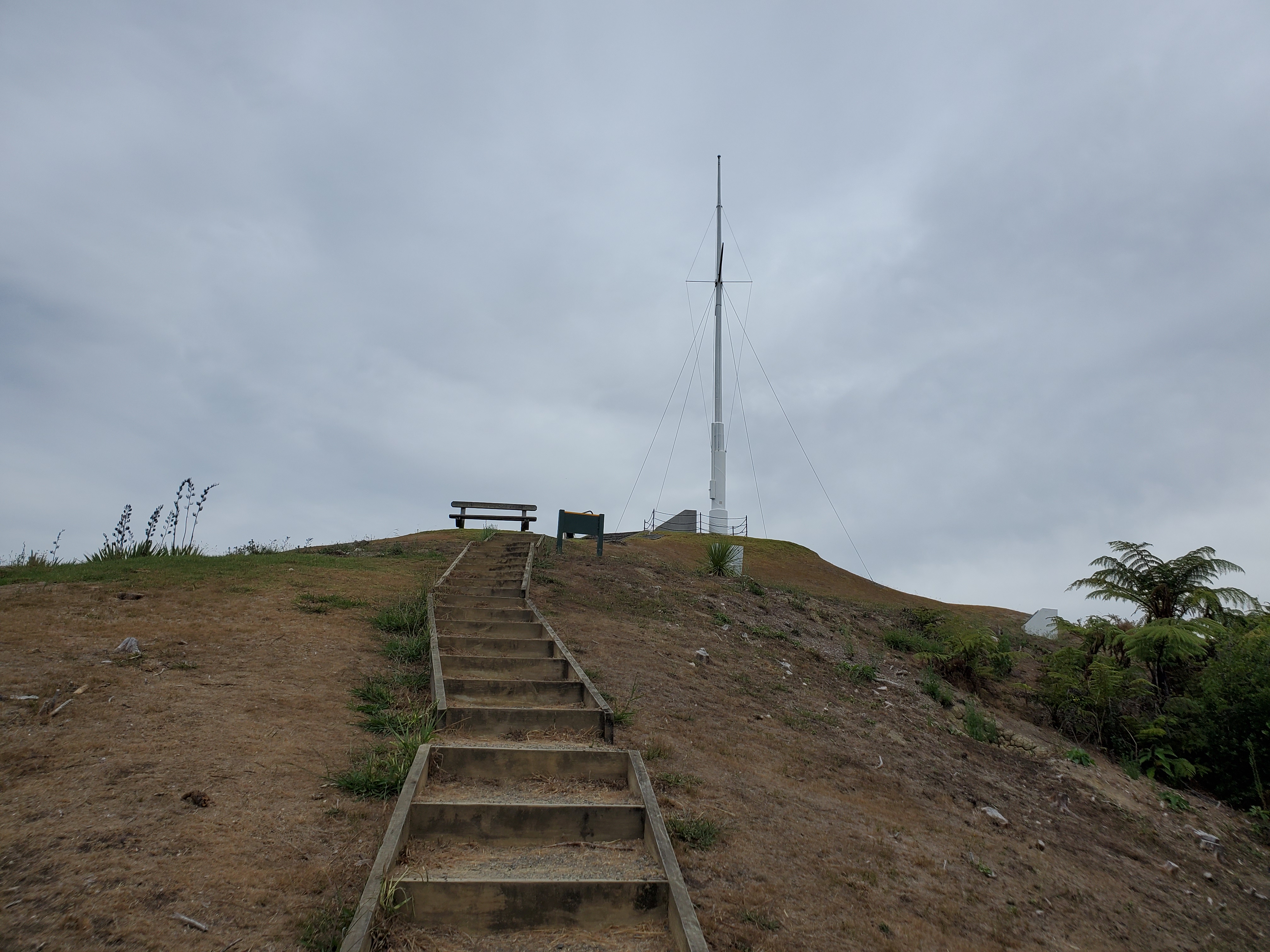
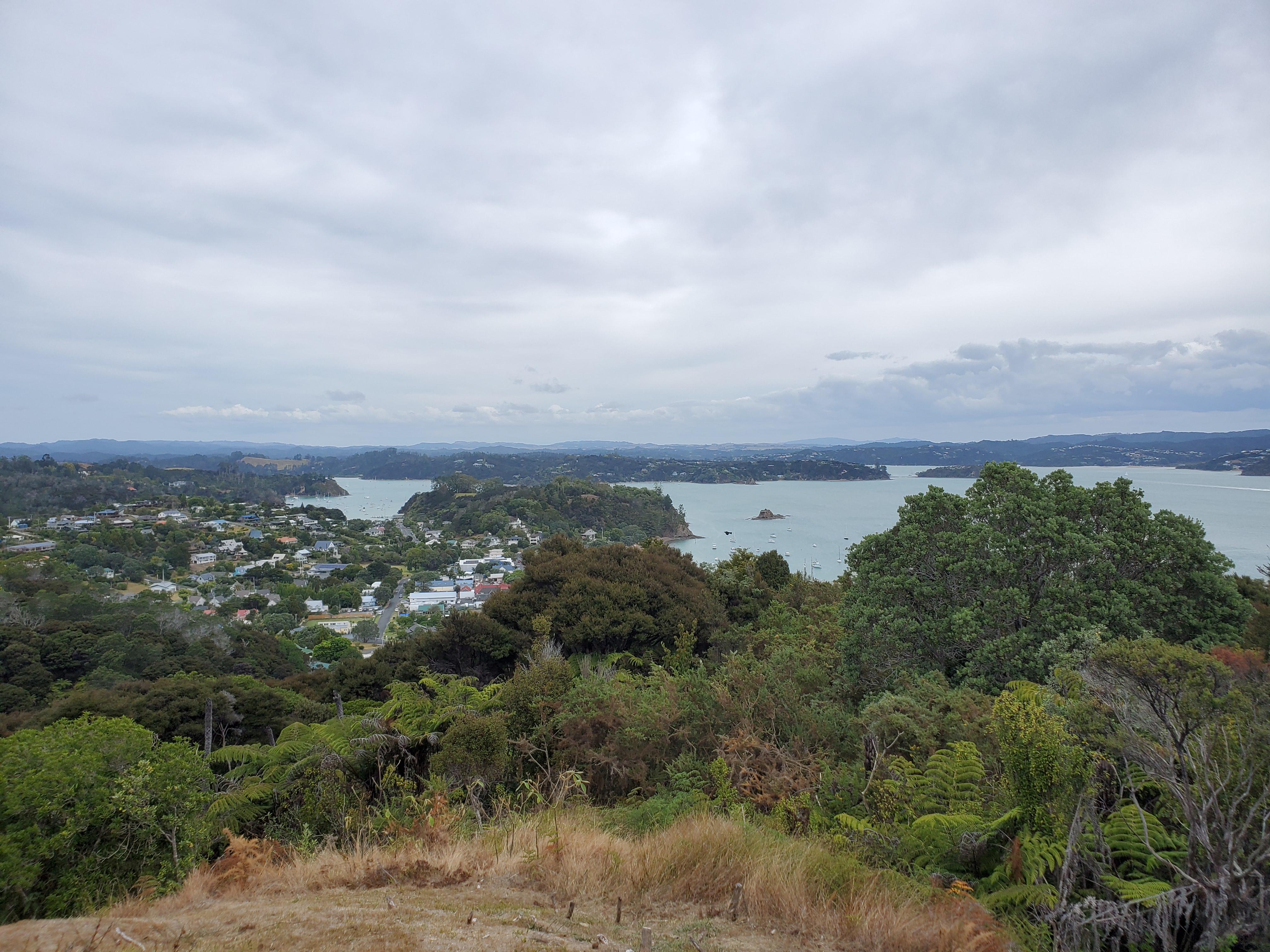
As more Europeans began to come through, some Maori tribes began to feel concerned about things like land use and security with multiple other European countries coming through, and so they signed the Treaty of Waitangi with the British in February 1840.
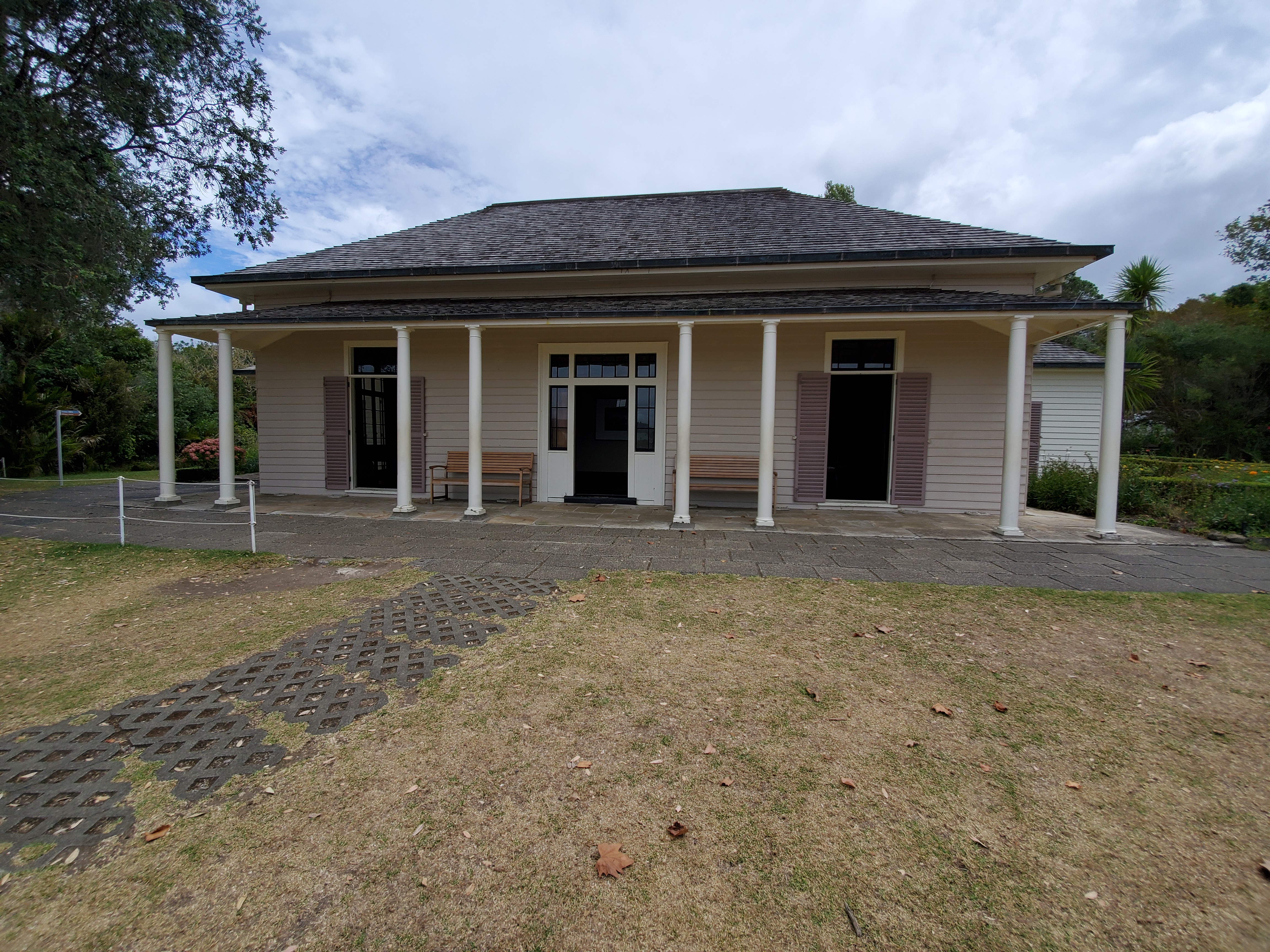

Two versions of the treaty were made - one written in English, and the other written in Maori. However, the two versions were not completely identical in meaning - in the English version the Maori would cede sovereignty of their land to the Queen, while in the Maori version, they believed they were only agreeing to British governorship. As a result, conflict erupted, especially when the Europeans began taxing the Maori people and putting restrictions on their land use when the land was supposed to belong to the Maori. Tensions between the two groups only escalated when the Europeans moved the capital from Russell to Auckland in 1841.
In rage at the Maori version of the treaty not being upheld, Te Haratua, an ally of Hōne Heke, cut down the flagstaff in 1844. The British put back up the flagstaff and sent troops to guard it, and it was cut down again by Hōne Heke in 1845. A week later, a flagstaff sheathed in iron was erected, and Hōne Heke cut it down a third the next morning. When the flagstaff was put back up, Hōne Heke and his warriors killed all the defenders and cut it down for the fourth and final time. This action marked the start of the Flagstaff War.
Eventually, after lots of conflict, the British finally decided to recognize and uphold the Maori version of the treaty, and there was once again peace. (Comment: I feel like this transition wasn’t explained thoroughly in any of the placards I read, which struck me as odd - how did they get from a place of such high tension to this?). To recognize this peace and welcome visitors, the Maori decided to put back up the flagstaff, where it still stands today.
Other things seen on the treaty grounds
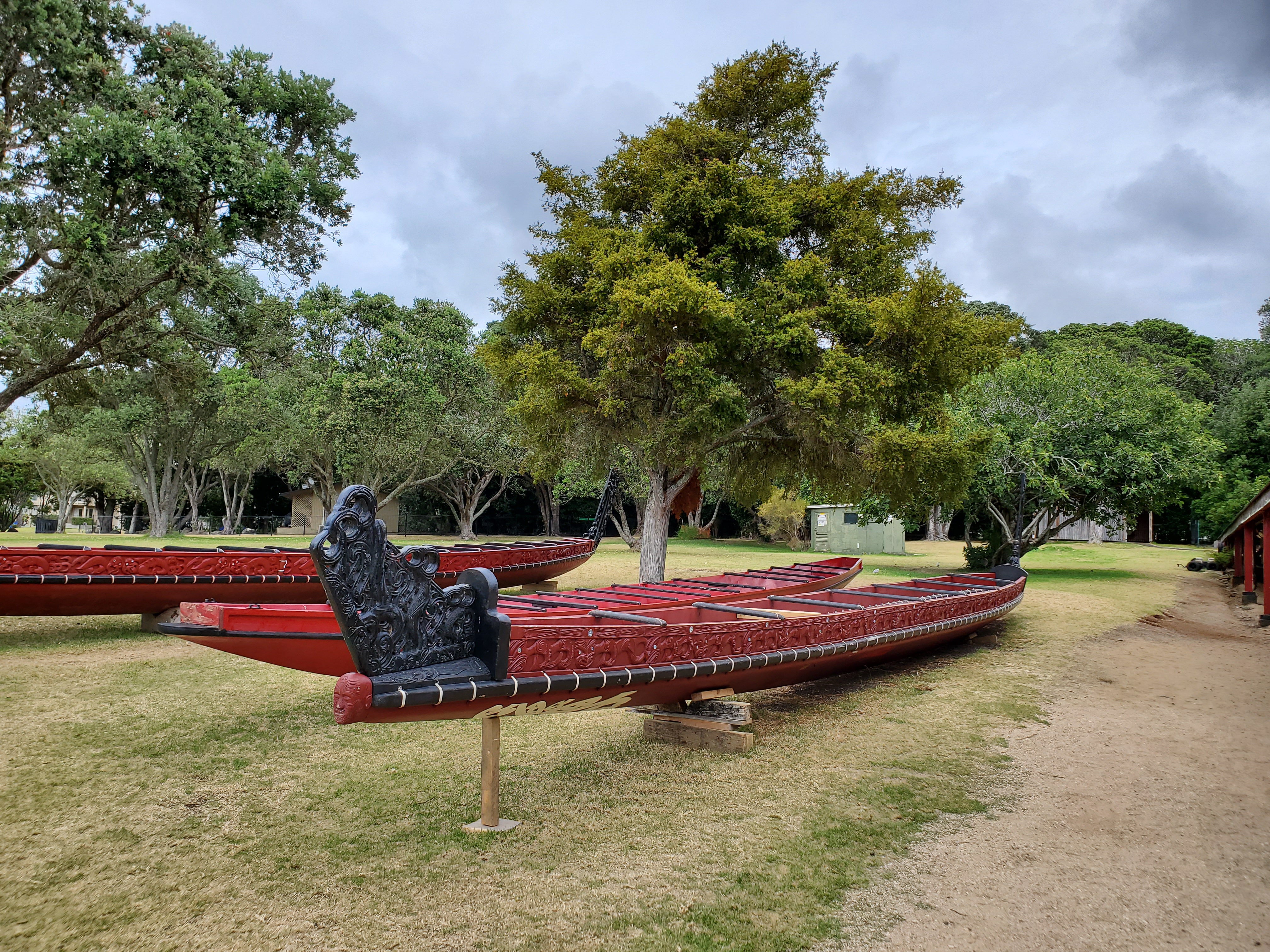
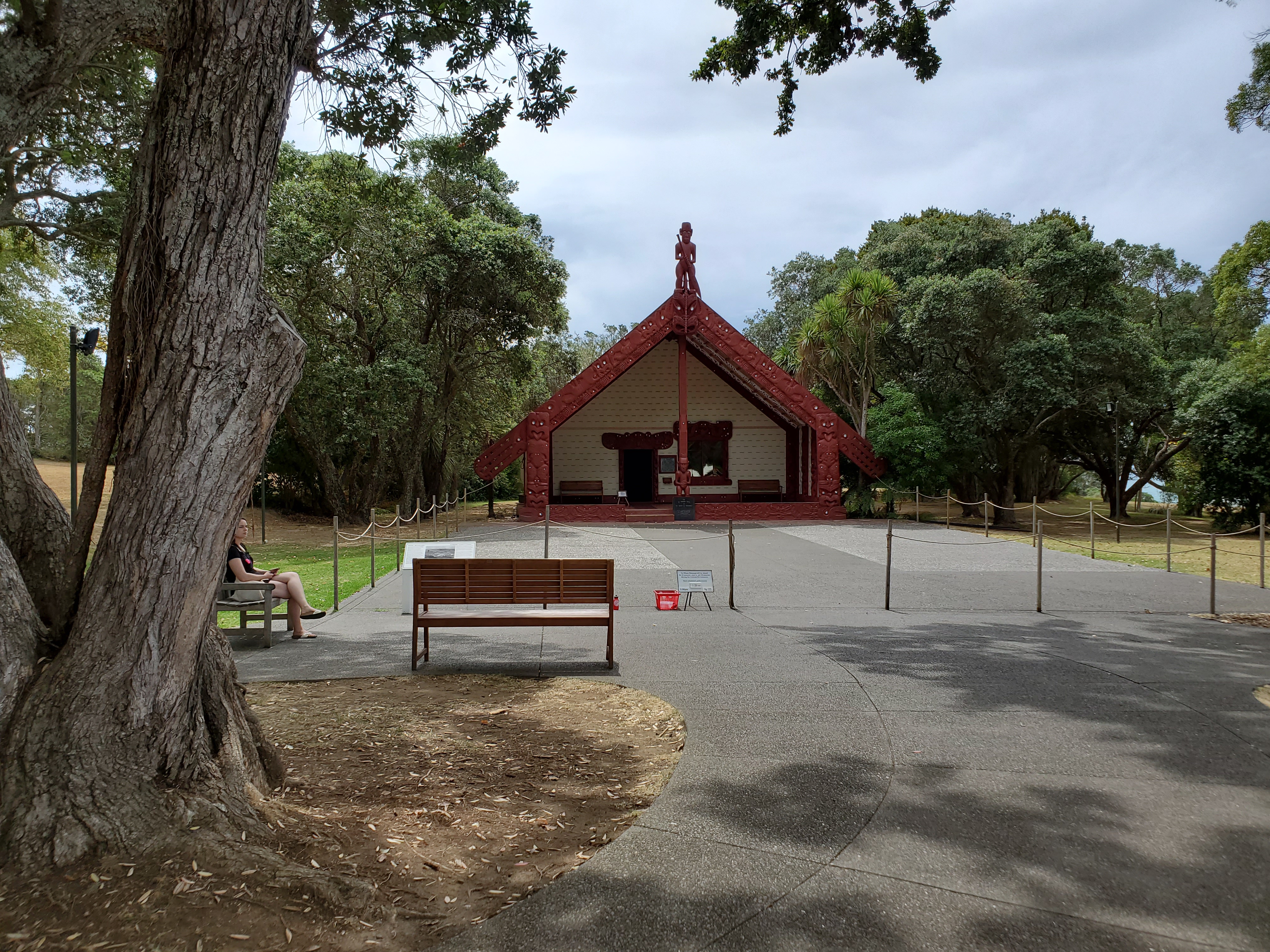
Port stop dates: Feb 21st - 24th, 2020